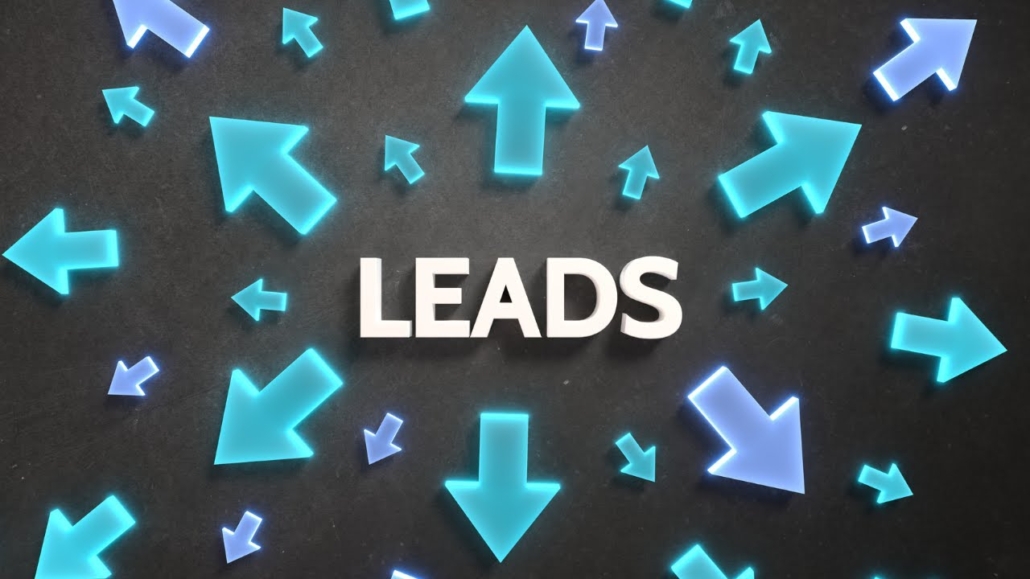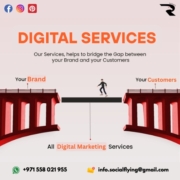The Top 5 Signs Your Gutters Were Installed Incorrectly in 2025
When it comes to protecting your home from water damage, few systems are as important as your gutters. Unfortunately, many homeowners discover too late that their gutter system was installed incorrectly. Poor installation can lead to costly repairs, foundation issues, and even damage to siding or roofing. In 2025, as weather patterns grow more unpredictable, the need for dependable Professional Gutter Installation Services has never been greater. That’s where Richard Miller Construction LLC stands out, offering expertise that ensures long-lasting protection.
This guide will walk you through the top five signs your gutters were installed incorrectly. By identifying these problems early, you can save money and avoid stress while securing the safety of your property. We’ll also cover how professional Gutter Replacement Services and Seamless Gutter Replacement Services Companies can fix these issues before they spiral into major home damage.
Sign #1 – Sagging or Uneven Gutters
One of the most visible red flags of poor installation is sagging gutters. When properly fitted, gutters should slope slightly toward the downspouts, allowing rainwater to flow freely. If the pitch is wrong or hangers are improperly spaced, the gutters will sag under the weight of water or debris. This creates pooling, which can eventually cause the gutters to pull away from your home.
This problem is more than just cosmetic. Standing water accelerates rust and corrosion, weakens the fasteners, and increases the risk of leaks that can damage siding and fascia boards. In severe cases, sagging gutters can even cause water to spill directly near your foundation, leading to cracks or basement flooding.
Homeowners often search for “Gutter Installation Services near me” when they notice sagging gutters, but choosing the right professionals makes all the difference. With Richard Miller Construction LLC, you can expect reliable craftsmanship that ensures gutters are mounted securely and aligned properly from the start.
Sign #2 – Water Overflowing During Rainstorms
Another clear indicator of incorrect installation is water spilling over the edge of your gutters during heavy rainfall. While some overflow may happen due to clogs, if your gutters are brand new and you still see overflowing, the problem often lies in the installation process. Gutters that are too small for your roofline or improperly angled cannot handle large volumes of water, causing spillage that defeats the purpose of the system.
This issue is particularly concerning because overflow can damage landscaping, erode soil, and leave unsightly water stains on siding. Worse, repeated overflow near your home’s foundation can compromise structural integrity over time. In cities like Cincinnati and Batavia, where seasonal rains can be intense, having properly fitted gutters is essential.
Professional contractors like Richard Miller Construction LLC offer Reliable Gutter Installation Services in Ohio that match your roof size and slope to the right gutter system, preventing overflow and keeping your home safe.
Sign #3 – Leaks and Improper Sealing at Joints
Leaks are another common problem with poorly installed gutters. Seams and joints should be sealed tightly to prevent water from escaping. However, if low-quality sealants were used, or if the installer failed to secure the joints properly, leaks may appear within months of installation. These leaks usually start small but quickly worsen, leading to water damage on exterior walls and even inside your home.
A high-quality solution to this issue is choosing Seamless Gutter Replacement Services Companies. Seamless gutters minimize joints, drastically reducing the chance of leaks. They also provide a cleaner look for your home. If you’re in Batavia, reliable gutter maintenance in Batavia can help extend the life of your system by catching minor leaks before they worsen.
Richard Miller Construction LLC, known as a trusted Seamless Gutter Installation Company in Batavia, specializes in seamless solutions that virtually eliminate this problem. By investing in proper installation, you can avoid costly repairs and protect your home from hidden water damage.
Sign #4 – Poorly Positioned Downspouts
Downspouts play a crucial role in directing water away from your home. If they are installed incorrectly—too close to your foundation, too few in number, or angled improperly—you could face serious drainage issues. A poorly placed downspout might deposit water directly next to your home’s base, leading to cracks, mold growth, and long-term foundation damage.
Sometimes homeowners also notice puddles forming in walkways or yards, making the property less safe and more difficult to maintain. This often points to poorly planned downspout placement. Correct positioning requires an understanding of grading, roofline size, and soil conditions.
If you’ve been searching for Gutter Replacement Services or gutter replacement in Batavia, it’s likely because your current system isn’t doing its job. The experts at Richard Miller Construction LLC know how to strategically position downspouts to ensure water is moved safely away from your home, preventing unnecessary structural damage.
Sign #5 – Visible Gaps Between the Gutter and Roofline
The last major sign of improper gutter installation is gaps between the gutters and the fascia board. Even small separations can allow water to drip directly behind the gutter, soaking your siding and causing rot or mold growth. Over time, these gaps widen as the system becomes more unstable, creating even bigger problems for your home.
These gaps typically occur because installers failed to use the correct hangers or didn’t secure the system tightly. Homeowners may first notice this issue after a storm when heavy winds or rainfall put extra stress on the gutters. Ignoring these gaps can mean replacing more than just your gutters—you may also need siding and fascia board repairs.
Choosing Professional Gutter Replacement Services in Batavia ensures that gutters are properly secured with high-quality brackets designed to last. With Richard Miller Construction LLC, you’ll get a system installed with precision, preventing gaps and protecting your home for years to come.
Conclusion
Incorrect gutter installation can create a host of problems, from sagging gutters and water overflow to leaks, poor downspout placement, and gaps along the roofline. Each of these signs points to potential water damage that could cost you thousands in repairs if ignored. That’s why trusting experts in Local Gutter Installation Services is essential for protecting your investment.
Whether you need Reliable Gutter Replacement Services in Ohio, a Seamless Gutter Installation Company in Cincinnati, or Professional Gutter Replacement Services in Batavia, Richard Miller Construction LLC is here to help. Their proven track record, commitment to quality, and knowledge of gutter maintenance in Batavia make them the go-to choice for homeowners across Ohio.
Don’t wait until small installation mistakes turn into big repair bills. Call Richard Miller Construction LLC today at (513) 846-1133 to schedule a consultation and get the expert gutter solutions your home deserves.














